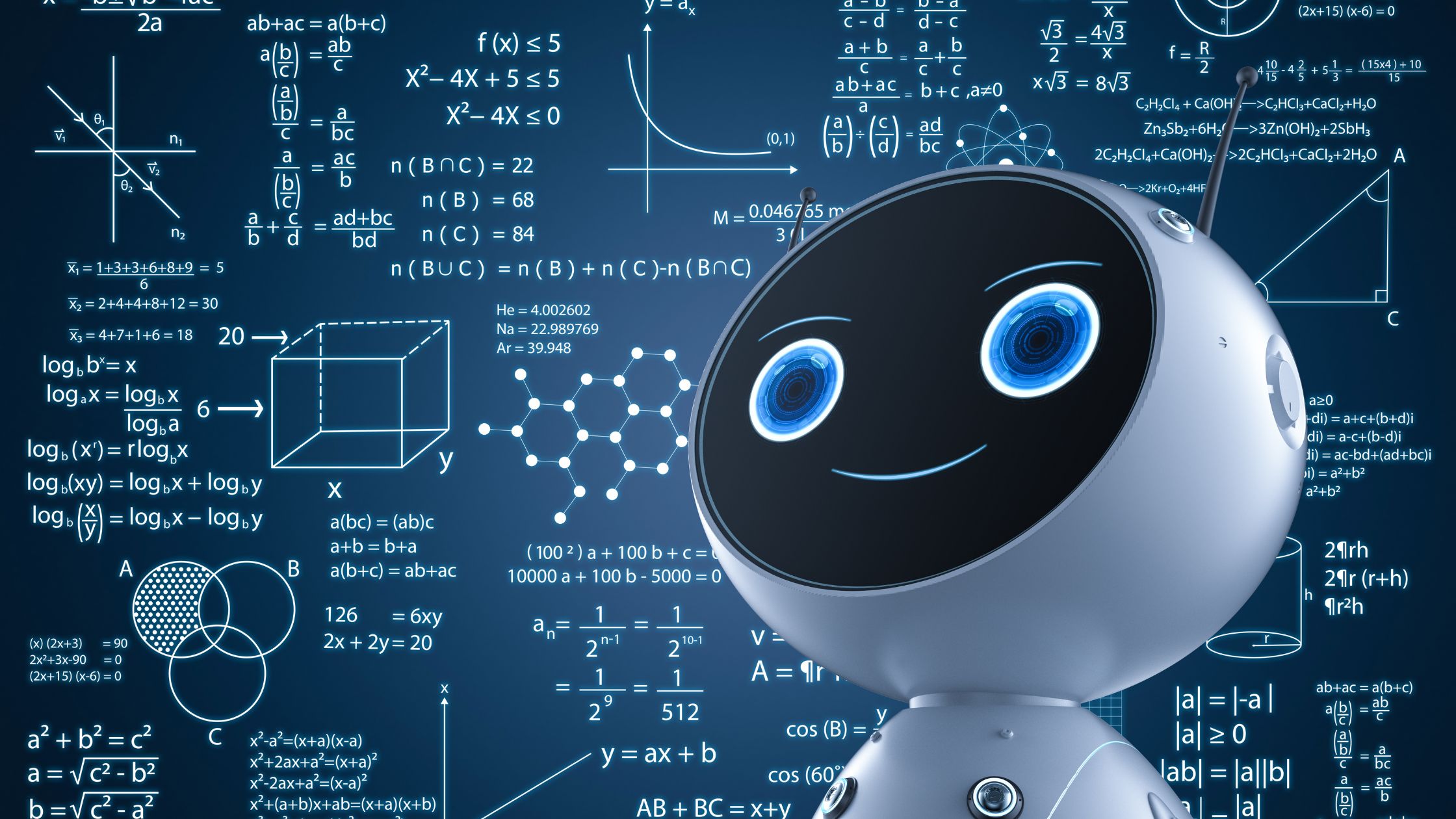Machine learning and the models it produces – Machine learning allows the development of more precise and efficient models for control applications. Models are updated on a regular basis based on historical data accumulated in a large data warehouse.
Other Components of IoT
Control applications use new models after data analysts have tested and approved their applicability and efficiency.
Control applications send actuators automatic commands and alerts, such as:
- Windows in a smart home can be programmed to open or close automatically in response to weather forecasts.
- When sensors detect dry soil, watering systems receive an automatic command to water plants.
- Sensors monitor the condition of industrial equipment, and in the event of a potential failure, an IoT system generates and sends automatic notifications to field engineers.
Control Applications
Control app commands sent to actuators can also be stored in a large data warehouse. This could aid in the investigation of problematic cases. On the other hand, storing commands from control apps may contribute to security because an IoT system can detect that some commands are unusual or come in large quantities, which may indicate security breaches (as well as other problems which need investigation and corrective measures).
Rule Based or Machine Learning
Control applications can be rule-based or machine-learning in nature. In the first case, control apps follow the rules established by specialists. In the second case, control apps use models that are updated on a regular basis (once a week, once a month, depending on the specifics of an IoT system) with historical data stored in a large data warehouse.
Although control apps improve the automation of an IoT system, users should always be able to influence the behaviour of such apps.
User Applications
User applications are software components of an IoT system that allow users to connect to an IoT system and monitor and control their smart things (while they are connected to a network of similar things, for example, homes or cars, and controlled by a central system). Users can use a mobile or web app to monitor the status of their belongings, send commands to control applications, and configure automatic behaviour options (automatic notifications and actions when certain data comes from sensors).

Leave a Reply